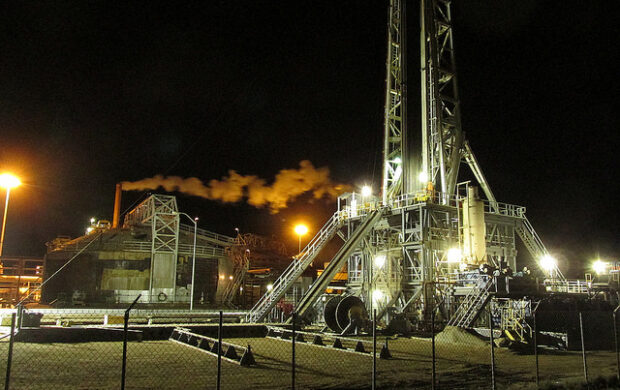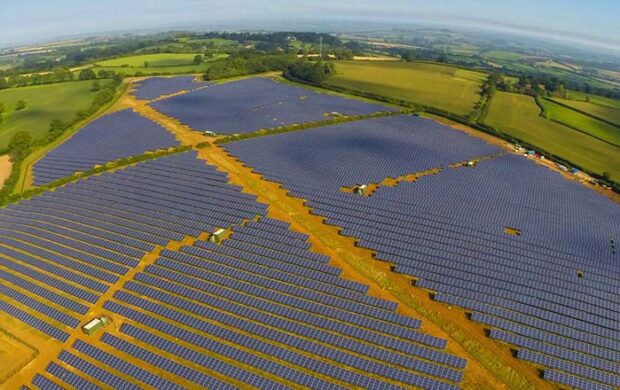On 19 December 2017, China took the first step towards launching its carbon market – by allocating emissions quotas for a cap-and-trade scheme. The move follows seven regional pilots launched in 2013 and 2014, backed by central government. China’s new nationwide scheme will apply to emissions from power plants producing more than 26,000 tons of carbon dioxide per year—which means almost all of China’s power plants will be included. Those power plants are estimated to produce 33% of China’s national emissions.
The volume of emissions from China’s electricity sector is so large, that even without including any other industries, the country’s carbon market will rapidly grow to become larger than the world’s current biggest, in Europe.
China’s market is expected to bring about a quarter of the world’s emissions under some kind of trading system. This would cover more carbon pollution than the EU’s market, whose yearly allowances are currently valued at 14 billion euros ($16.5 billion) a year.




